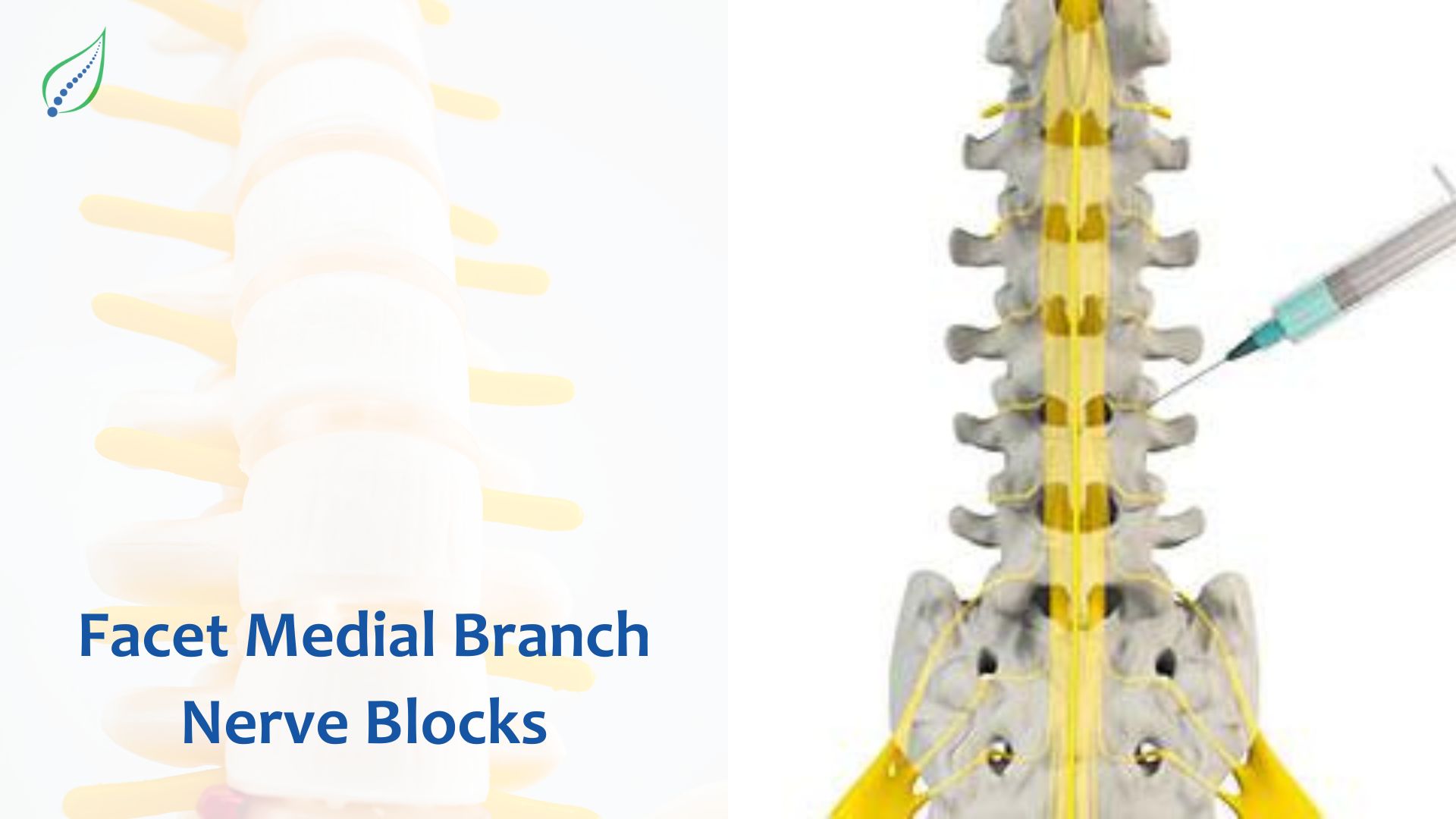Facet Medial Branch Nerve Blocks
If you suffer from chronic back or neck pain, you know how debilitating it can be. The pain can make daily activities challenging and negatively impact your quality of life. Many people try pain medications, physical therapy, massage, acupuncture, and other treatments to find relief, but the pain persists. If this sounds like you, there may be another option to explore - facet medial branch nerve blocks.
What are Facet Joints, and How Do They Cause Pain?
Your spine is made up of small bones called vertebrae that are connected and cushioned by facet joints. These joints help provide stability and flexibility to the spine. However, due to arthritis, degeneration, or injury, the facet joints can become inflamed and painful. This is known as facet joint pain or facet arthropathy. The pain is typically felt in the neck or back and can radiate into the shoulders or buttocks.
How Do Medial Branch Nerve Blocks Work?
The nerves that transmit pain signals from diseased facet joints to the brain are called medial branch nerves. With a medial branch block, a local anesthetic (sometimes combined with a steroid medication) is injected near these medial branch nerves to block the transmission of pain signals to the brain. This can provide substantial pain relief and help confirm that the facet joints are the source of pain.
Who is a Good Candidate for Medial Branch Blocks?
A medial branch nerve block may be a good option if you have ongoing neck or back pain that has failed to improve with more conservative treatments. Your doctor will evaluate thoroughly to determine if your pain stems from inflamed facet joints. Typically, several diagnostic tests are done before medial branch blocks to rule out other causes and pinpoint the origin of pain. Good candidates for facet medial branch blocks have pain consistent with facet arthropathy that is substantially relieved, even temporarily, with a diagnostic medial branch nerve block.
What to Expect with a Medial Branch Nerve Block Procedure?
You will lie face down on a table, and a local anesthetic will be injected to numb the skin and tissue. Using live X-ray guidance (fluoroscopy), the doctor inserts a skinny needle near the medial branch nerve and injects the anesthetic medication. One injection typically takes only seconds to complete. Several levels may need to be injected depending on the location of the pain. The entire process takes approximately 15-20 minutes. Most patients describe minimal or brief discomfort with the injections.
Benefits of Medial Branch Blocks
There are several advantages of medial branch nerve blocks over other treatments:
- They can provide substantial pain relief
- The relief begins shortly after the procedure and lasts for several hours or more
- They are minimally invasive and done on an outpatient basis
- They help confirm or deny facet joints as a source of pain
- They help determine if you are a candidate for a longer-lasting procedure called radiofrequency ablation
Medial branch blocks are considered relatively safe with minimal risks or side effects. As with any procedure, there are slight risks like infection, bleeding, or medication reactions. Most people can resume regular activity shortly after the procedure.
What Happens After a Medial Branch Block?
You will be monitored for a brief time before being discharged home. You will need someone else to drive you home. Keeping a pain diary for the week following the injection is extremely helpful in determining the degree of pain relief and duration. This helps guide further treatment options.
If you achieve 50% or more significant pain relief lasting for a reasonable duration, it is likely coming from the facet joints. Other pain generators are then less likely. In that case, a procedure called radiofrequency ablation that can provide more sustained pain relief may be recommended. With radiofrequency ablation, the medial branch nerves are targeted with heat to remove their long-term ability to transmit pain signals.
Seeking Lasting Relief
If you have persistent back or neck problems, facet medial branch blocks may provide valuable diagnostic information and temporary relief while you explore other evidence-based treatment options. They are relatively low-risk and done on an outpatient basis. If successful, longer-lasting radiofrequency ablation may then be an option. Knowing all possible therapies is critical to developing an effective pain management plan. Discuss with your physician if facet medial branch nerve blocks suit your situation.

_1742973131.png)
_1742634080.png)

